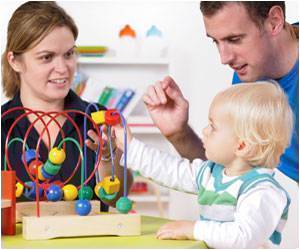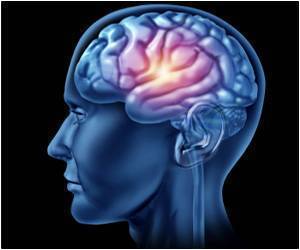Trends in caregiving for home-dwelling older adults with functional disability was examined by researchers.

‘Senior adults seeking caregiving help as increased from 42% in 1998 to 50% in 2012. Assistance was provided by spouses, children, other family, and paid caregivers.’





There were 5,198 individuals and 39,060 observations of home-dwelling older adults with one or more impairments. The researchers found that individuals increasingly reported caregiver help, from 42% in 1998 to 50% in 2012. Assistance was increasingly provided by spouses, children, other family, and paid caregivers over each two-year period. The greatest increase in caregiving was among those with fewer ADL and IADL impairments. "Although this is likely in part because those with more impairments have already sought caregivers, it may also be that more adults with one or two impairments are aging in their communities as opposed to nursing homes," the authors write.
"Further work is needed to assess the balance between functional needs in the population and capacity for caregiver support, as well as the burden on unpaid caregivers."
Source-Newswise










